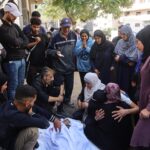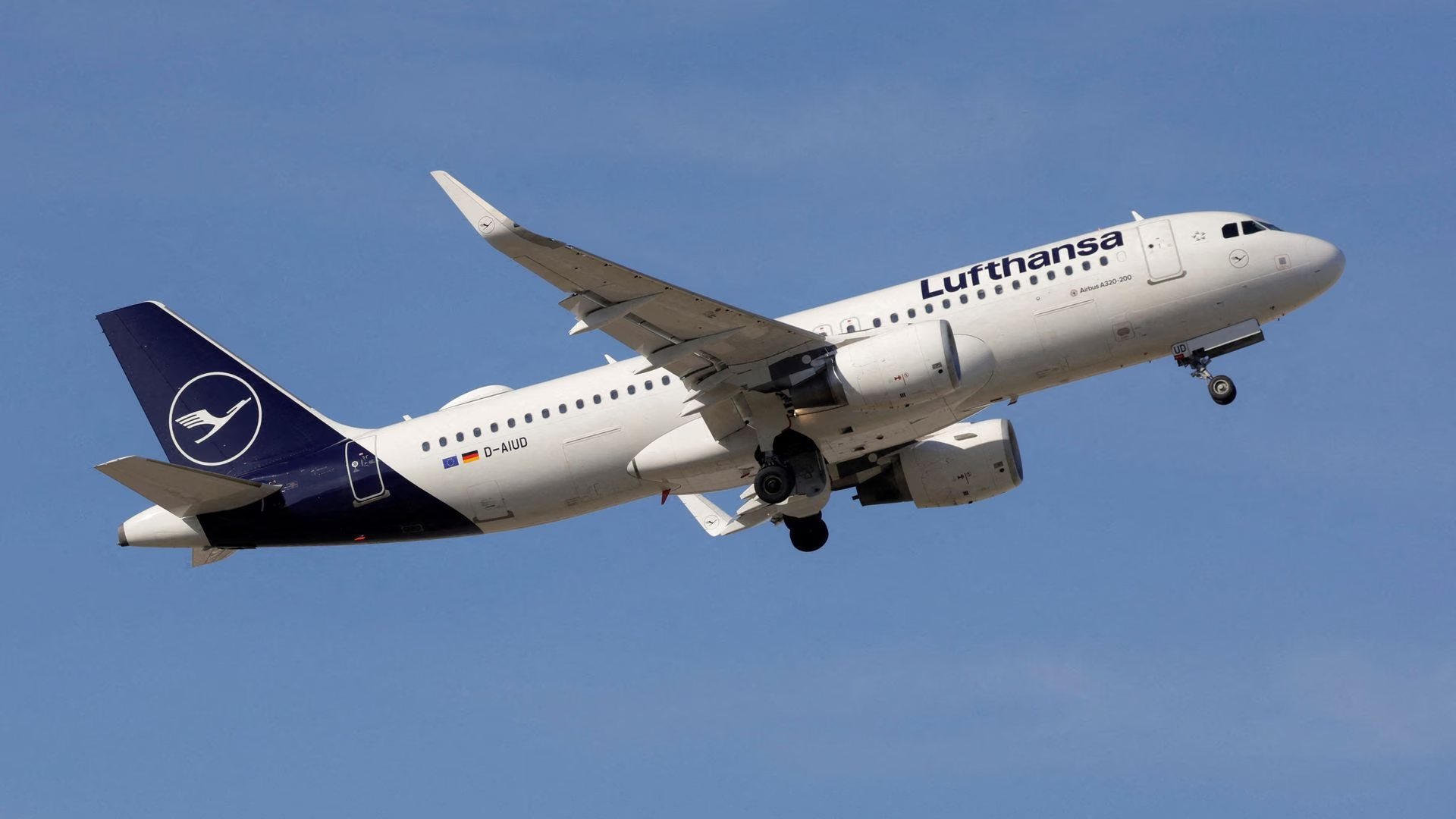
Palestinians in Gaza have experienced the deadliest 24 hours since the start of the United States-brokered ceasefire between Israel and Hamas went into effect almost three weeks ago.
Israel killed more than 100 people, including 46 children, in attacks late on Tuesday and on Wednesday. Medical sources told Al Jazeera the strikes hit all over Gaza.
- list 1 of 3Israel kills over 100 Palestinians in Gaza as Trump insists truce holds
- list 2 of 3Trump says he expects ‘great deal’ with China at summit with Xi
- list 3 of 3Photos: Fears of mass atrocities after Sudan’s el-Fasher falls to RSF
end of list
This adds to dozens of previous ceasefire violations with a rocky outlook ahead. Let’s take a look at where things stand:
What’s the latest?
The Israeli military said by noon on Wednesday that it was returning to the ceasefire in line with instructions from the political leadership but remained ready to attack again if necessary.
It said it hit more than 30 targets in the besieged enclave, claiming that the targets were “terrorists in command positions within terror organisations”.
But as more residential buildings were flattened by the Israeli bombs, at least 18 members of the same family in central Gaza, including children, parents and grandparents, were among the victims.

Civil Defence teams once again had to use small tools and their hands to dig in the rubble of bombed areas to search for survivors and the dead. Several tents belonging to displaced Palestinian families were also targeted.
According to Gaza’s Ministry of Health, at least 68,643 people have been killed and 170,655 wounded since the start of Israel’s genocidal war in October 2023.
Advertisement
What was Israel’s justification?
On Tuesday, Israel announced that the body of a captive transferred from Gaza by Hamas through the International Committee of the Red Cross (ICRC) did not match one of the 13 to be handed over as part of the ceasefire.
Israeli forensic analysts determined that the remains belonged to Ofir Tzarfati, who was taken to Gaza during the Hamas-led attacks on southern Israel on October 7, 2023, and whose partial remains were recovered in November of the same year.
Israeli officials reacted furiously, especially far-right ministers in the coalition government who are against stopping the war on Gaza and want Hamas “destroyed”. An organisation run by the families of the captives also expressed outrage and demanded action.
A short time later, the Qassam Brigades, Hamas’s armed wing, said it would hand over the remains of an Israeli captive at 8pm (18:00 GMT), but it held off after Israeli Prime Minister Benjamin Netanyahu ordered “powerful strikes” on Gaza.
Heavy gunfire and explosions were also heard in the southern city of Rafah. Israel alleged this was an attack by Hamas fighters, something Hamas rejected.
Israel also accused the Palestinian group of “staging” the recovery of a captive’s remains after showing footage purportedly of Hamas fighters burying a body before calling in the ICRC.
The ICRC said its personnel “were not aware that a deceased person had been placed there prior to their arrival”.

What’s in the ceasefire?
As part of the agreement, which entered into force on October 10, Hamas handed over all remaining 20 living captives held in Gaza within several days.
The group has also handed over the remains of 15 deceased Israeli captives as part of the deal with 13 others remaining unrecovered or undelivered.
Israel has allowed some humanitarian aid into Gaza, but supplies have been well below the 600 trucks a day specified in the ceasefire, a level that is required to help the famine-stricken population.
Israel has also prevented tents and mobile homes from entering the enclave but has let some heavy machinery enter to search for the remains of its captives.
After all the remains are handed over, a second phase of the ceasefire could potentially enter into force, allowing the deployment of an international stabilisation force and the reconstruction of Gaza.
Israeli officials have repeatedly stressed that they will not allow the formation of a sovereign Palestinian state and have been advancing with a plan to illegally annex the occupied West Bank despite international criticism.
Advertisement
What is Hamas saying?
Hamas has accused Israel of fabricating “false pretexts” to renew aggression in Gaza.
Before the attacks over the past day, Hamas said Israel had carried out at least 125 violations.
Since October 10, the Health Ministry in Gaza said, at least 211 Palestinians have been killed and 597 wounded in Israeli attacks while 482 bodies have been recovered.

Hamas has also accused Israel of obstructing efforts to recover the bodies of the captives while using the same bodies as an excuse to claim noncompliance.
It pointed out that Israel has prevented enough heavy machinery from entering Gaza to recover the remains and has prevented search teams from accessing key areas.
The Qassam Brigades said its fighters have recovered the bodies of two more deceased captives, Amiram Cooper and Sahar Baruch, during search operations conducted on Tuesday.
Hamas and other Palestinian factions have said they are prepared to hand over administration of Gaza to a technocratic Palestinian body while maintaining that armed resistance is a result of decades-long occupation and apartheid by Israel.
What does this mean for Gaza’s civilians?
Since the start of the war, civilians have been the main casualties of Israel’s war on Gaza.
They have been disproportionately targeted, as they were in the latest overnight attacks, and have also seen Gaza’s infrastructure and means of living destroyed by bombs and invading Israeli forces.
Because nowhere in Gaza is fully safe, Palestinians underwent another day of panic that the Israeli attacks could be extended.
Israeli warplanes and reconnaissance aircraft continued to hover over the enclave.
What happens now?
The US has repeatedly expressed support for Israel despite its ceasefire violations, emphasising Israel’s right to defend itself.
President Donald Trump said on Wednesday that the ceasefire “is not in jeopardy” despite the strikes.
Mediator Qatar has previously condemned violations of the agreement and accused Israel of undermining its implementation. But along with Egypt, it has worked to ensure the deal stays alive.
British Caribbean News


